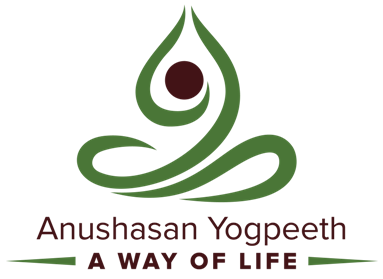- Stand erect with the feet together, the heels and big toes touching each other. Rest the heads of metatarsals on the floor and stretch all the toes flat on the floor.
- Tighten the knees and pull the knee-caps up, contract the hips and pull up the muscles at the back of the thighs.
- Keep the stomach in, chest forward, spine stretched up and the neck straight.
- Do not bear the weight of the body either on the heels or the toes, but distribute it evenly on them both.
- Ideally in Tadasana the arms are stretched out over the head, but for the sake of convenience, one can place them by the side of the thighs. Each of the standing poses described below can then be followed easily, starting with the pupil standing in Tadasana with palms by the side of the thighs.
Precautions: No precautions for this pose.
Benefits:
- The abdomen is pulled in
- the chest is brought forward.
- One feels light in body and the mind acquires agility.














